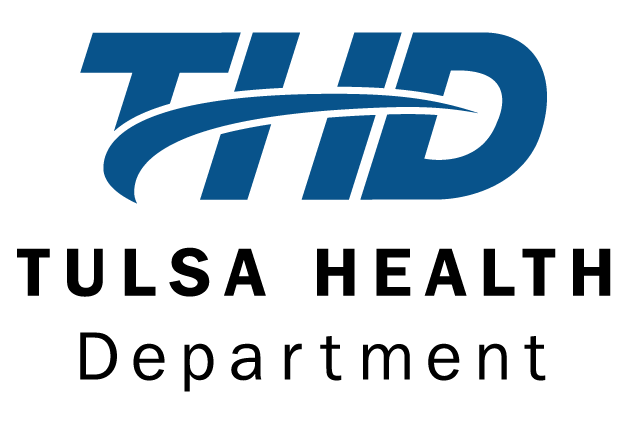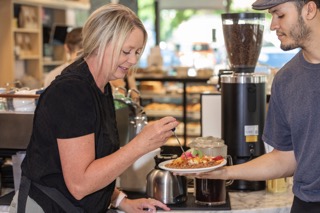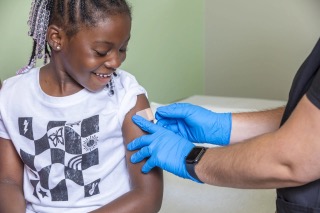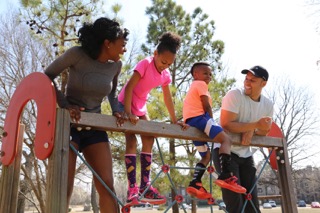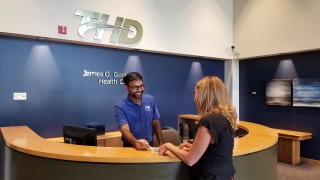The following tips and resources allow individuals with hearing loss the same accessibility to COVID-19 information and important messaging as people with average hearing. Please take into consideration when serving this population.
Tips for Talking to Deaf and Hard of Hearing Patients in Hospitals
Speak slowly
Reduce noise and obtain the patient’s attention
Ask how patient prefers to communicate
Verbal, manual (ASL), written, etc
Make sure hearing aid/cochlear implant wearers are using them
Take turns while speaking to patient
Do not shout, over-emphasize, or exaggerate your words
Do not speak to the patient while walking
Rephrase remarks if not understood
Consider using a portable hearing amplifier
Apps available Jacoti ListenApp,
Hearing Aid users may have the ability to make adjustments on their phone or may have access to turning their phone into a personal microphone
Utilize a speech to text application
Google Transcribe, Google translate
Masks during face-to-face communication
Using cloth face coverings or surgical masks removes the ability for visual reinforcement of what a person is saying and also can decrease intelligibility of message by up to 12dBHL depending of the type of mask used. (Remember this is now in addition to the severity of the person’s hearing loss).
There are facemasks available that are deaf or hard of hearing “friendly” that have clear plastic for allowing visibility of your mouth. However, keep in mind, while this is helpful only 45 percent of the English language is understood by lip-reading.
Captioning Resources for Live Streaming or Video Conference Calls
While users have access to volume control to their personal devices when watching a video it does not always help provide clarity for understanding of the information being distributed. Closed captioning is not offered during live streaming or video phone calls or through certain social media applications.
If a video is posted as a recording to YouTube then you can turn on closed captioning. Be aware it is not the most accurate. One either needs to add a text version of information in the comments or have an application running simultaneously with a live recording.
Otter Captioning
WebCaptioner
Ava
Google Live Transcribe
For people who need sign language interpreters via video relay
School resources for platforms that need closed captioning
CDC ASL Video Series
To help deaf and hearing-impaired persons stay safe before, during and after a health emergency, CDC offers American Sign Language (ASL) public service announcement videos.
Using captioned phone services
If there is an option for an individual with normal hearing to dial into a phone number (e.g., to find out that day’s homework assignment, participate in a conference call), there needs to be an accessible option for your student/employee who is deaf or hard of hearing. This can be accomplished through the Telecommunications Relay Service (TRS) which is a free captioned phone service available in the U.S. This is NOT the same as having your videoconference / webinar / instructional lesson captioned by a live captioner.
CapTel, CaptionCall and ClearCaptions have stand-alone captioned telephones that sit on your desk. People with a diagnosed hearing loss can obtain one of these phones for free by contacting these providers.
Products such as WebCapTel also have apps that can be viewed on portable devices as well as your computer. InnoCaption can be used to caption calls on a cellphone.
Staying Connected
Communication is the most important thing for the deaf community. Deaf people usually gather together at school, restaurants, cafes, and each others’ houses. Due to COVID-19, we have to distance ourselves to lessen the spread of the virus.
While everyone is hurting, this hits especially hard for the deaf community since many of them rely on social gatherings to have conversations with someone. Here are five ways to stay connected.
Mental Health
Deaf individuals experience the same mental health concerns as their hearing peers and, as such, seek out the same services to address these concerns. However, unlike hearing individuals, deaf people do not always find access to mental health services. Here is a Mental Health Tip Sheet from the National Deaf Center.
Additional Resources
6 Facts about COVID-19 (CDC)
COVID-19 FAQs (CDC)
Maintaining Mental Health (APA)
Coronavirus Self Checker (CDC)
Interactive Maps (John Hopkins)
